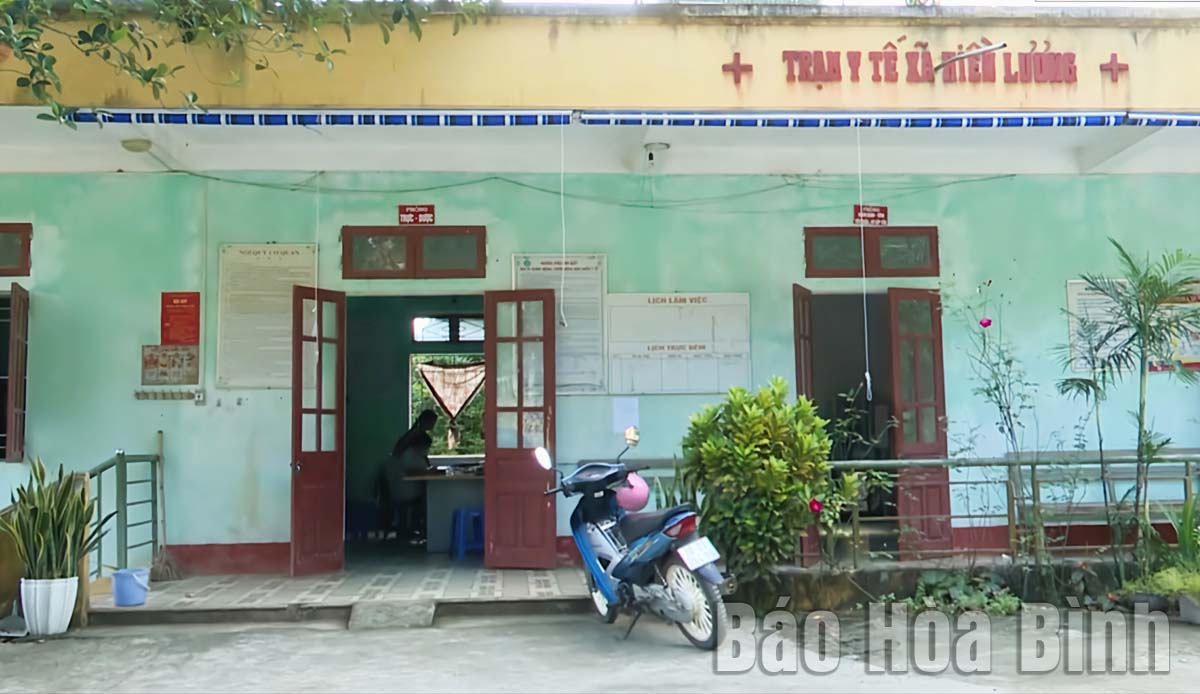A report from the People’s Committee of Da Bac province showed that at the end
of 2022, four communes in the district completed all the 19 criteria for a
new-style rural area. Hien Luong is one of the four.
Today, Hien Luong has changed dramatically, with a wide road from Da Bac
township to the commune. In 2005, the medical station of Hien Luong was built.
The two-storey building has seriously downgraded, with the first storey being
out of use.
Dinh Thi Thu Ha, head of the Hien Luong medical station, said that currently,
each month, the facility receives more than 100 patients, but the
infrastructure of the station has downgraded, affecting the medical service
quality. She underlined the need to invest in upgrading the equipment for the
station to ensure that its medical services meet the standards.
like Hien Luong, Toan Son commune, which was recognised as a new-style rural
area in 2020, has seen the degradation of many infrastructure works. Head of
Tra village in Toan Son said that locals hope that the administration will
upgrade its culture house to provide a venue for their gatherings.
In 2022, Da Bac launched and completed the construction of a number of
transport and cultural projects, and mobilised about 12.4 billion VND (528,739
USD) for the construction of irrigation works. However, to date, only six out
of the 16 local communes have completed the transport criteria, while four have
met the criteria on cultural infrastructure.
In the time to come, the district will focus on mobilising more resources for
the completion of criteria of the new-style rural area building programme,
especially in transport infrastructure, irrigation, schools, health care
stations, clean water and environment./.



